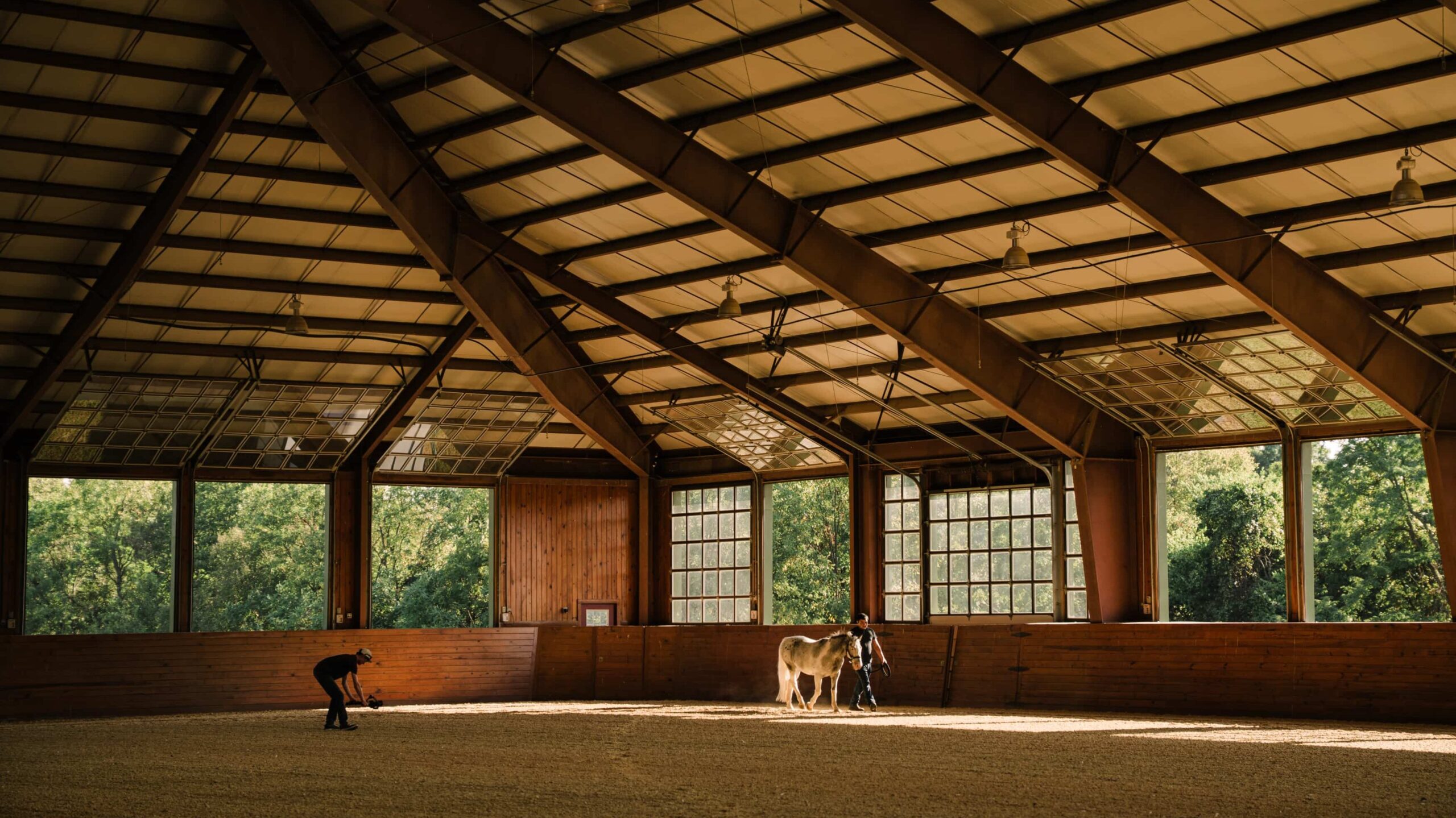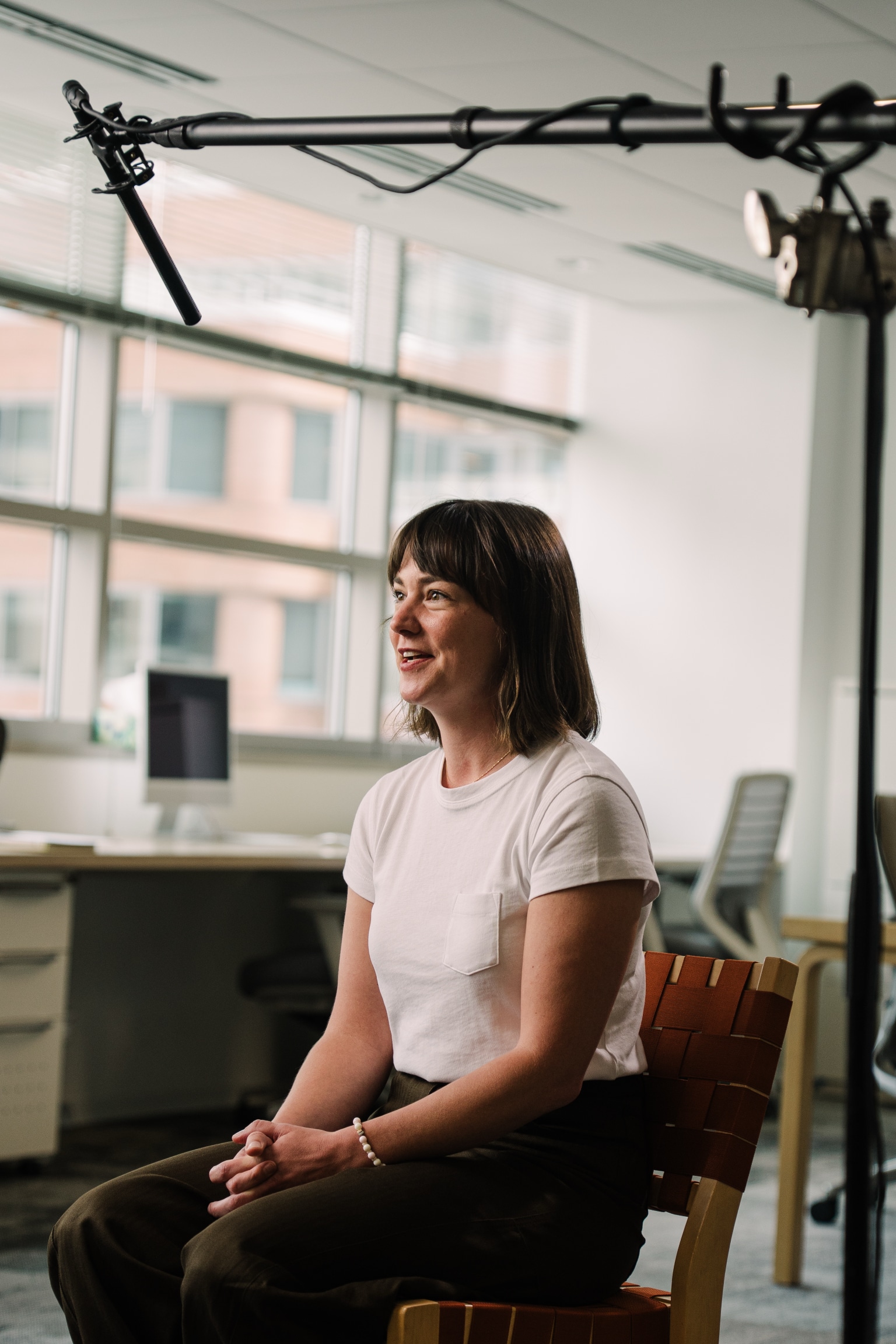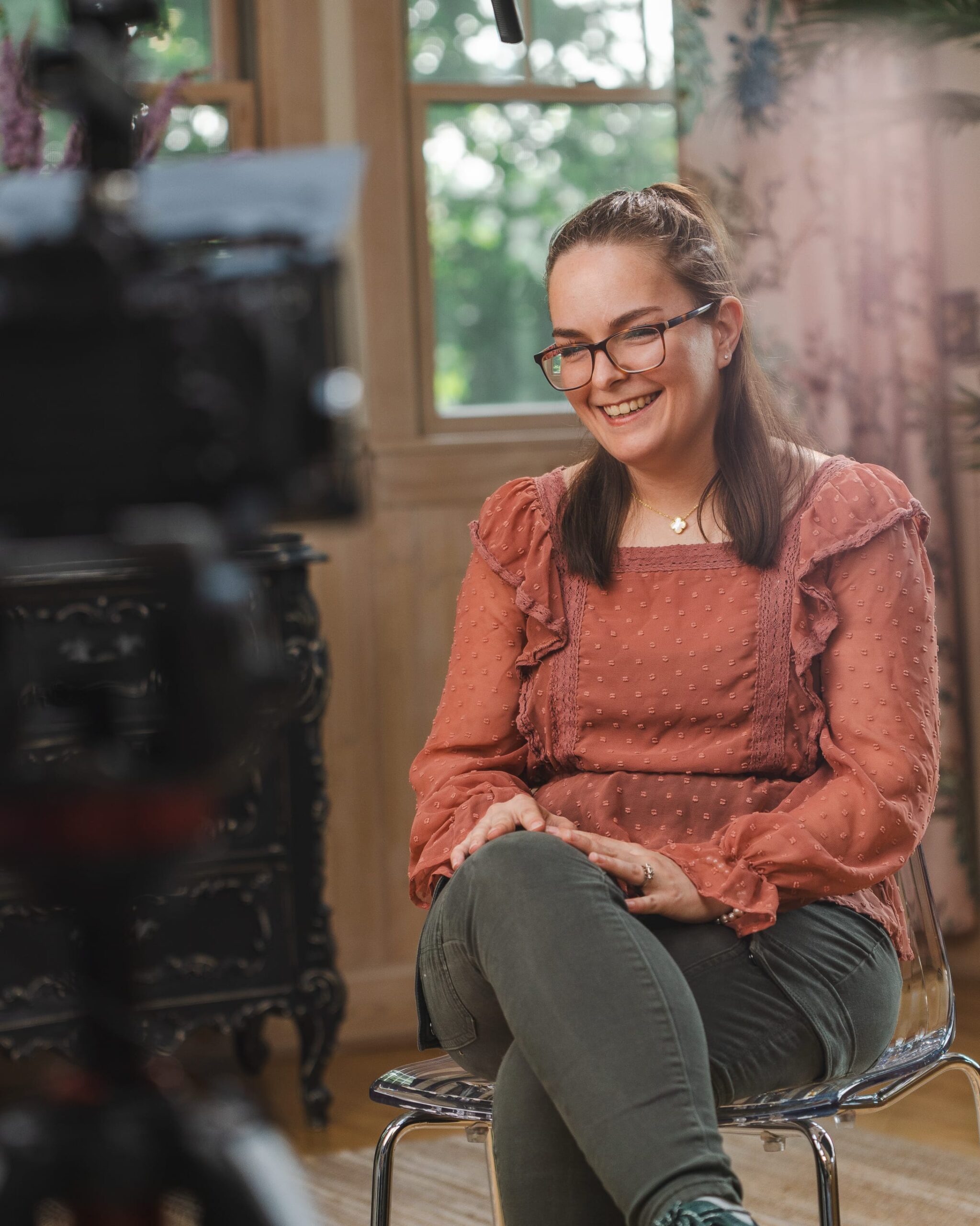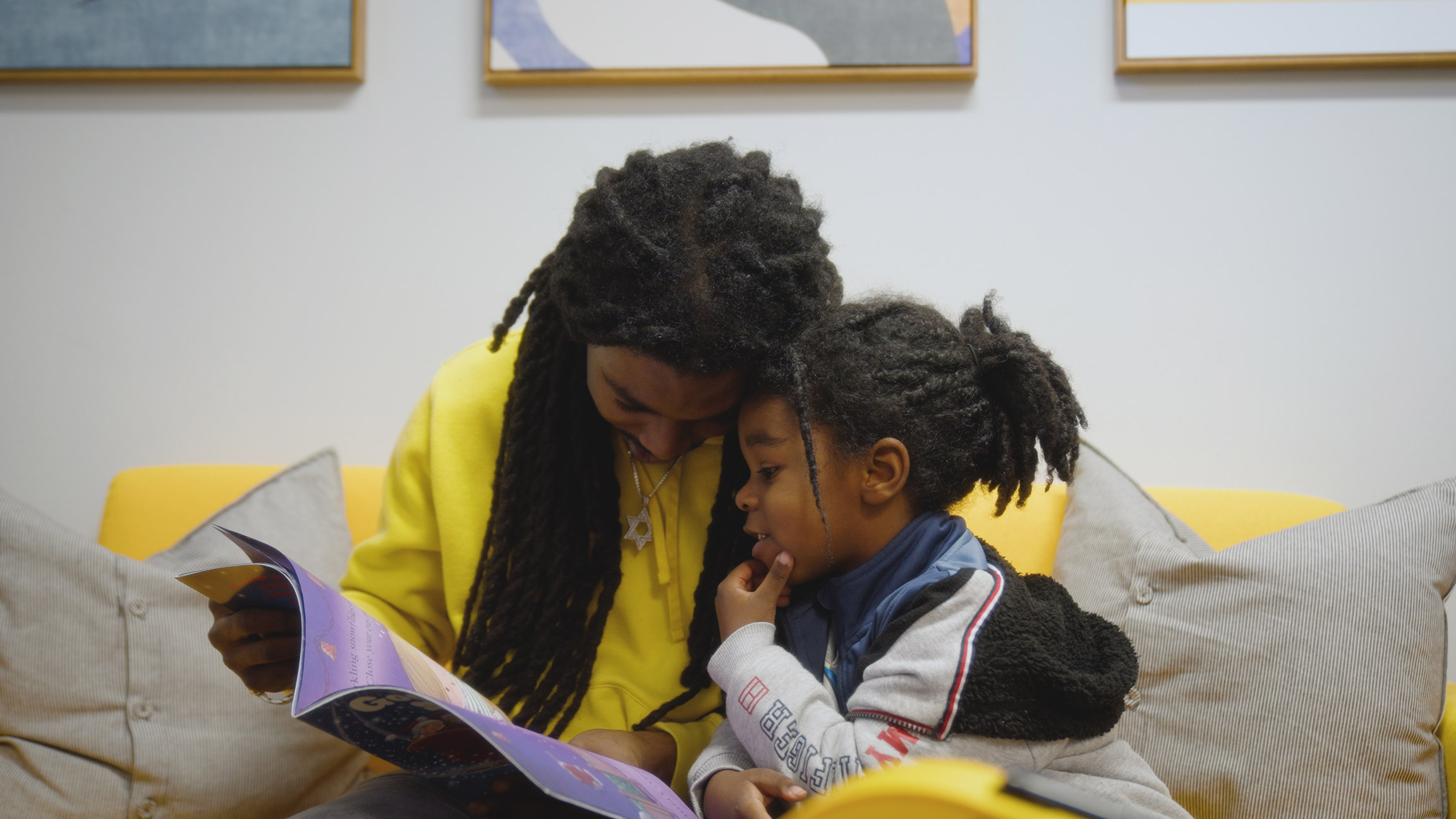By the dim glow of an oil lamp, a German metallurgist leans over a wooden contraption of levers, screws, and a heavy flat plate. His fingers deftly arrange rows of tiny metal letters, each carefully cast and aligned to form words on a flat tray. Beside him, ink-stained tools and sheets of parchment await their turn. The air smells of ink and warm wax, mingling with the faint creak of the machine’s joints as he prepares for the next step.
This device is unlike anything most have seen, a machine designed to transfer words from metal type onto paper by pressing them together with even, powerful force. It’s not just a new tool, it’s a revolution waiting to happen.
The man places a blank sheet of paper carefully over the inked type and slides it beneath the flat plate. With a firm turn of the screw, the press exerts pressure, imprinting the words onto the page. When he releases the handle and lifts the paper, black letters stand bold against the white surface. For the first time, he sees his creation brought to life, ready to be repeated a hundred, a thousand times.
He steps back, holding the page up to the flickering light. This is more than a printed sheet, it’s a doorway to a future where stories, ideas, and knowledge flow freely. His name is Johannes Gutenberg, and his invention is about to change the course of history.
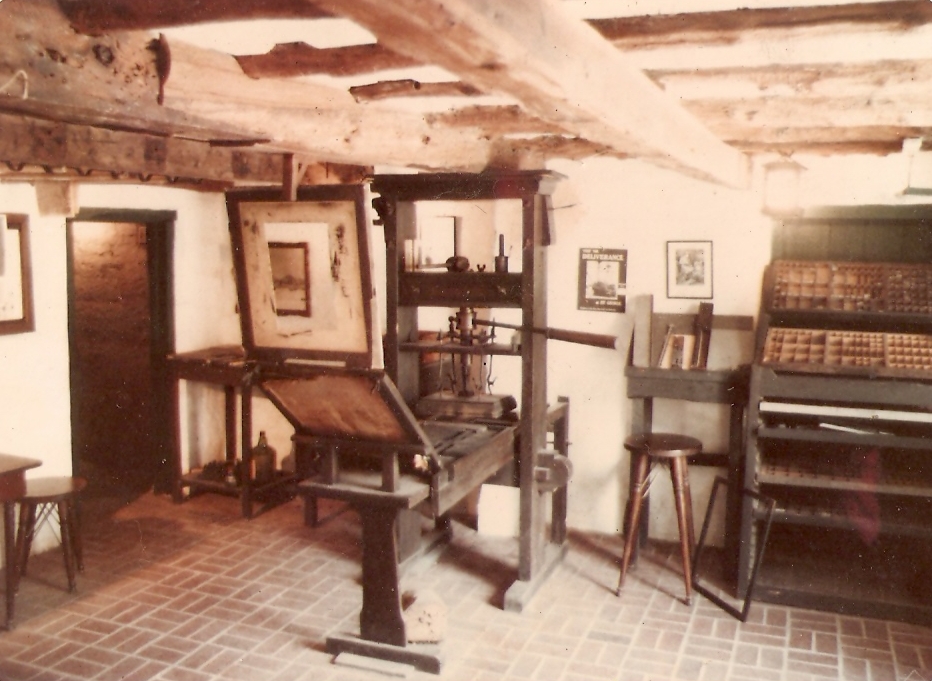
Before Gutenberg’s printing press, books were treasures, rare, fragile, and painstakingly created by hand. A single manuscript could take months or even years to complete, meaning knowledge was locked away, reserved for the privileged few who could access it. Written storytelling belonged to the elite, while the rest relied on oral traditions to share culture and preserve history.
The printing press shattered those barriers. With this invention, books could be reproduced quickly, accurately, and affordably. The written word became accessible, spreading ideas and stories farther than anyone could have imagined. Literacy rates soared as everyday people gained access to knowledge that had once been out of reach. The world began to change, not gradually, but rapidly.
Take the Reformation, for instance. Martin Luther’s 95 Theses, initially a local document, found an audience across Europe thanks to the printing press. Copies spread like wildfire, fueling debates, challenging institutions, and reshaping society. It wasn’t just that ideas were shared, it was how quickly and consistently they reached people, unaltered and impactful.
The press also transformed what people could read. It gave rise to newspapers, scientific journals, novels, and philosophical treatises. Communities connected through shared stories and events, while new perspectives and knowledge challenged old ways of thinking. The press made storytelling a tool for connection on a scale humanity had never seen.
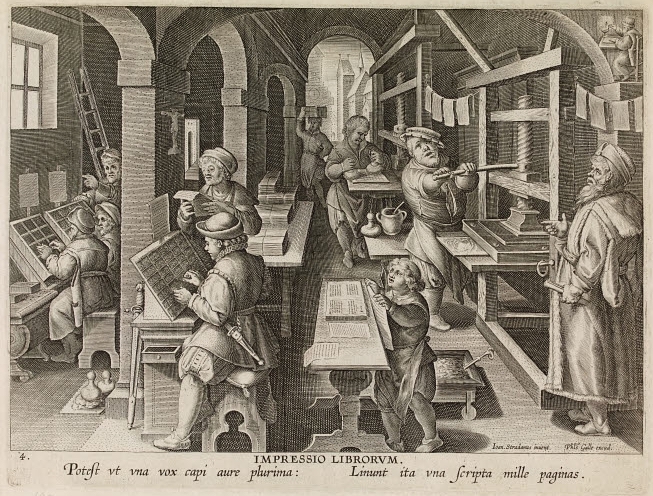
The digital age offers us tools just as transformative. Social media, blogs, and video platforms are our modern presses, enabling stories to travel the globe in seconds. A single post, video, or image, can spark a movement, uniting people across borders in shared understanding. Like Gutenberg’s press, these tools democratize storytelling, amplifying voices that might otherwise go unheard.
The lesson for modern storytellers is clear: accessibility matters. Stories that are shared widely and authentically have the power to inform, inspire, and ignite change. Whether through a meticulously crafted video or a compelling blog post, the goal remains the same: to connect with people where they are and to ensure the story resonates.
Gutenberg’s invention was more than a technological breakthrough, it was a revolution of human connection. It ensured that ideas could outlive their creators, traveling across time and space to inspire generations. That same spirit drives us today. Whether through digital platforms or visual storytelling, we aim to create and share stories that matter.
“Let us break the seal which seals up holy things and give wings to truth in order that she may win every soul that comes into the world by her word, no longer written at great expense by a hand easily palsied, but multiplied like the wind by an unwearied machine.”
— Johannes Gutenberg
The printing press wasn’t just a machine, it was an invitation. An invitation to share knowledge, amplify voices, and build bridges between people and ideas. Centuries later, we’re still answering that call.
Post Script
My mission with this blog is to make your coffee breaks more interesting. In that spirit, here’s some trivia. Johannes Gutenberg died in 1468. He never truly prospered from his invention, nor did he live to see the profound impact it would have on humanity. A reminder, perhaps, that the seeds we plant today may flourish far beyond what we can imagine.
READ LATEST
the
we're storyteller studios
documentary-style film for brands & causes
In 2013, we started leveraging the power of documentary-style film for brands and causes in our hometown of Springfield, Illinois (hence our affinity for Lincoln).
Since then, we’ve worked with clients nationally and traveled to cities including Chicago, St. Louis, Kansas City, Indianapolis, Louisville, and Des Moines.
No matter where you are, we’d be honored to serve your brand next.
featured post
3 Must-Have Ingredients for Marketing Videos That Work
Every effective marketing video relies on three essential ingredients that make it resonate with audiences and drive results—discover what they are and how they can make your next video project a success.
